
India Wants More Nuclear
Installed nuclear power capacity to increase by 200% by 2031
Future plans.
India’s long-term goal is to produce 100 GW of nuclear by 2047 as they seek to achieve net zero by 2070. The present installed nuclear power capacity is set to increase from 8,880 MW to 22,480 MW by 2031 on progressive completion of projects under construction and accorded sanction.
India NBP 2025
14-15 October 2025
Mumbai, India
Hosted by Nuclear Business Platform Event Partners: NTPC, Tata, Adani
Steered by an Advisory Board and now in its 6th year, INBP-2025 will focus on new developments, opportunities and challenges which are of current relevance in the Indian nuclear market. It’s a platform for networking, connecting to the key stakeholders, B2B meetings, assessing partnerships, and showcasing your brand, solutions, innovations, and expertise to the industry to enable a sustainable clean energy transition.
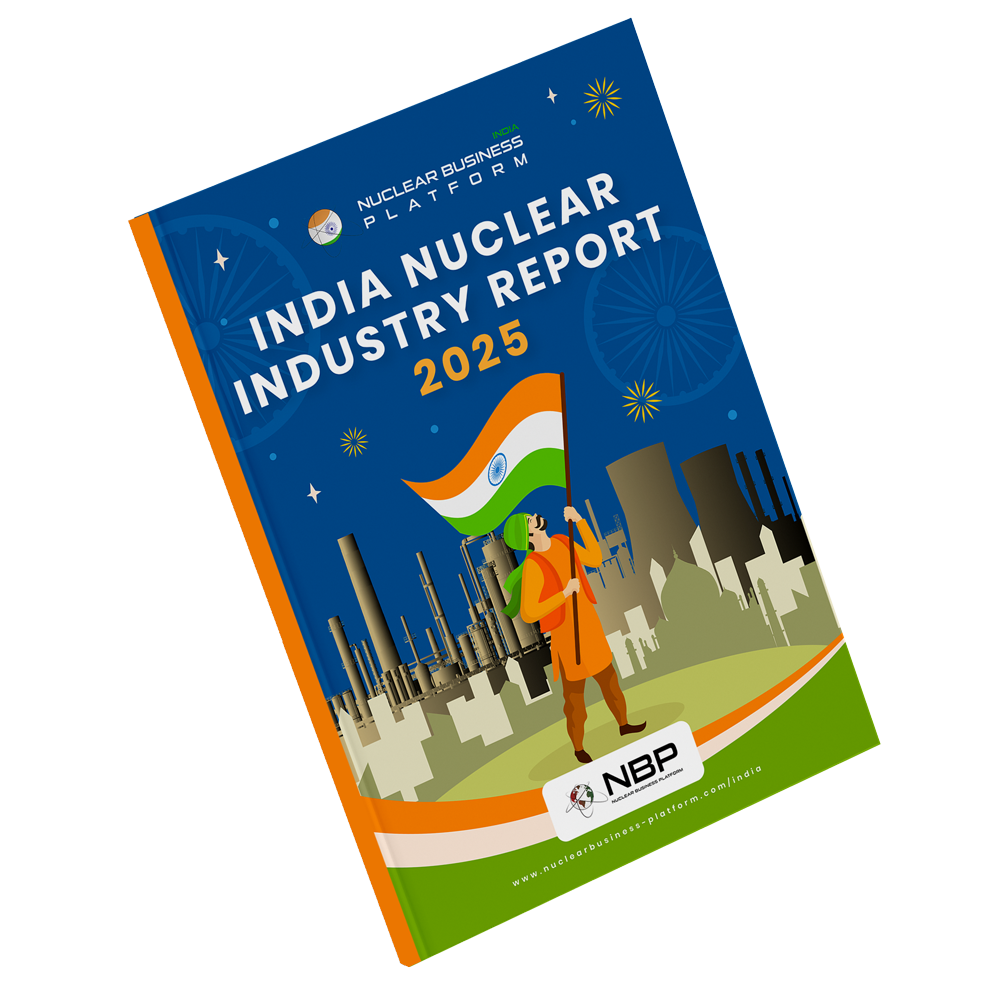
India Nuclear Industry Report
The 2025 edition of this 80-page report is extremely pertinent for all those currently involved in or planning to pursue the burgeoning Indian nuclear market. Key topics covered in this report include:
Key Developments in Nuclear Sector in Union Budget 2025-26
Current Status and Future Plans of Nuclear Power in India
The Future of Private Participation in India’s Nuclear Energy
NTPC’s Strategic Expansion in Nuclear Energy
Why India is All-In on Hydrogen: A Game-Changer for Energy
India’s Nuclear Fuel Strategy
Fill in the form below to receive a sample copy of the report.
Market Insights
India's nuclear sector stands out as a stable investment amid global volatility! With cross-party consensus and policy reforms, India has created a de-risked environment to achieve its 100 GW target by 2047. This blend of political stability and investor-friendly frameworks offers a unique opportunity for long-term capital. India is a preeminent destination for nuclear investment, read the full article.
Robotics is fueling India's nuclear renaissance! As India targets 100 GW by 2047, robotics emerges as a critical enabler for safety, efficiency, and decommissioning. This presents a multi-billion dollar opportunity for technology firms. Understand how robotics will shape India’s nuclear future.
India is solidifying its position as a global leader in nuclear energy! With a 100 GW target by 2047, the country is leveraging indigenous technology, a strong workforce, and a stable political environment to attract international partners. This is a generational opportunity to invest in one of the world's most ambitious clean energy transformations.
India is embracing Additive Manufacturing (AM) to revolutionize its nuclear sector! 3D printing offers a game-changing approach to modernize infrastructure, cut costs, and accelerate the 100 GW by 2047 goal. A huge opportunity for private and international firms to enter India's high-tech nuclear supply chain!
India is strategically shifting from a nuclear consumer to a global supplier! With Britain removing import duties on Indian reactors, the country is set to export its cost-effective, indigenous PHWRs and SMRs. To understand how India's nuclear ambition is reshaping the global market, read the full article.
India's 100 GW nuclear goal by 2047 demands a workforce that is four times the current output. To bridge this critical human capital gap, India is pioneering a decentralized, tech-driven, and collaborative approach. Discover the strategic blueprint for this critical human capital transformation.
India's nuclear sector is open for business! With a 100 GW target by 2047, new reforms invite private players to invest in this transformative market. Success hinges on strategic planning, regulatory compliance, and a deep understanding of India's nuclear ecosystem.
On August 7, 2025, India’s Union Minister Dr. Jitendra Singh outlined the Nuclear Energy Mission for Viksit Bharat in the Lok Sabha, targeting 100 GW of nuclear power by 2047 to support net-zero emissions by 2070. The plan focuses on low-carbon energy, replacing fossil fuel base loads with large and small reactors, including indigenous Small Modular Reactors (SMRs) like the 200 MWe and 55 MWe designs, developed with private sector collaboration.
India's nuclear sector is booming with a "triple-market" strategy! Targeting 100 GW by 2047, India is advancing large-scale EPC projects, developing SMRs, and fueling cutting-edge R&D. This structured approach creates a self-sustaining, globally competitive ecosystem.
India's digital boom needs massive, clean power! With the AI market set to triple, India is turning to nuclear energy, particularly SMRs and BSRs, to provide the 24/7 power that data centers demand.
India is pioneering a Coal-to-Nuclear (C2N) strategy to hit 100 GW by 2047! This innovative approach repurposes retiring coal plants for nuclear facilities, leveraging existing infrastructure and SMRs for a cleaner, faster energy transition. Discover huge business opportunities!
India's 100 GW nuclear goal by 2047 hinges on a robust fuel supply chain! This creates multi-billion dollar opportunities in mining, processing, fabrication, and waste management for private & international businesses.
India's nuclear sector is opening its doors! Aiming for 100 GW by 2047, India invites global companies to partner in its transformative energy journey. Explore diverse entry strategies, from G2G agreements to SMR licensing and supply chain integration, within this rapidly expanding market.
Building public trust is key to 🇮🇳 India's nuclear success! With ambitious plans for 100 GW by 2047, India is actively strengthening public engagement and transparency. This proactive approach fosters strong community support, ensuring smooth implementation and a brighter energy future.
India is strategically closing its 76 GW nuclear capacity gap to reach 100 GW by 2047! This ambitious goal is driven by a powerful three-pronged approach: private sector surge, NTPC's expanded role, and intensified international collaboration.
India is set to revolutionize nuclear energy with its vast thorium reserves! Targeting 100 GW by 2047, India's three-stage program and advanced fuel blends promise long-term energy security, reduced waste, and export potential.
India's 100 GW nuclear target by 2047 demands a massive workforce! While a strong foundation exists, scaling up human capital for SMRs and advanced reactors is crucial. Explore how is addressing this challenge to power its clean energy future.
India's nuclear energy is crucial for its transformative growth! Powering industries, meeting rising population demands, ensuring energy security, fostering global partnerships, and enabling sustainable urbanization are key. Learn how India is achieving this.
India urges states to go nuclear! Power Minister Khattar calls for states to explore nuclear plants, aiming to hit 100 GW by 2047. State participation can accelerate growth & unlock investment in this clean energy sector.
India is strategically multi-aligning to achieve its 100 GW nuclear goal by 2047! Policy reforms, private sector entry, and growing global partnerships with Russia, France, USA, and others are unlocking a $100B+ market. Explore collaboration opportunities.
India is strategically pivoting to nuclear power, particularly BSRs & SMRs, to decarbonize energy-intensive industries! This shift offers reliable, clean baseload power crucial for industrial growth and net-zero targets. Explore the business opportunities in India's evolving nuclear landscape.
India's booming semiconductor market ($103B by 2030) needs reliable power! SMRs and BSRs offer a stable, low-carbon solution for energy-hungry fabs, securing India's tech leadership. Explore this electrifying synergy!
India's nuclear energy sector is strategically evolving through policy reforms, private sector engagement, and international collaborations, targeting a significant capacity increase to 100 GW by 2047. Legislative amendments are underway to facilitate private investment and align with global standards, creating new opportunities within this expanding market.
India's nuclear technology is expanding beyond power, creating exciting business opportunities! From advancing space exploration to revolutionizing agriculture and medicine, India's strategic investments are opening doors for global collaboration and innovation.
India's nuclear sector is going digital, boosting efficiency but raising cyber risks! After the Kudankulam attack, strengthening cybersecurity is crucial, especially with private sector growth. Robust regulations, global best practices, and innovative tech are key to securing India's nuclear future.
India’s nuclear market is booming, and global businesses can’t afford to miss out on this $100 billion opportunity! From 8 GW to 100 GW by 2047, India is transforming its energy landscape with bold reforms and international collaboration. The 2025 Budget announced $2.4 billion for SMR development, while private sector entry and $26 billion in investments are opening doors for innovation. IAEA’s Rafael Grossi recently called India “one of the most dynamic nuclear markets” in 2025
India's nuclear expertise, honed through collaboration with Russia on Kudankulam, is poised to power Türkiye's Akkuyu project. Indian suppliers are uniquely positioned to contribute VVER technology expertise, offering cost-competitive solutions and leveraging strong Rosatom ties for long-term growth in Türkiye's expanding nuclear sector.
India's nuclear energy sector is embracing Small Modular Reactors (SMRs), with a $2.3 billion investment plan and a target of 100 GW nuclear capacity by 2047. This presents a multi-billion-dollar opportunity for businesses to invest in clean, scalable, and commercially viable nuclear energy solutions.
India's nuclear sector is taking inspiration from its booming space industry! By embracing private sector participation, policy reforms, and global collaborations, India aims to unlock the full potential of nuclear energy and achieve its ambitious target of 100 GW by 2047.
India, USA, and France, are forging a new era of nuclear cooperation following the visit of PM Modi to Paris and Washington this week! India's ambitious goal of 100 GW nuclear capacity by 2047, coupled with a focus on SMRs and AMRs, is creating exciting opportunities for collaboration and investment.
Video Interviews
With the global resurgence of nuclear, its popularity is increasing day-by-day across different geographies. It is also opening up the doors for entrepreneurial ventures and startup opportunities for budding entrepreneurs. In this line, Indian youth have taken a major initiative to develop the first microreactor of India and support the country in meeting its clean energy transition objectives.
With the global resurgence of nuclear, its popularity is increasing day-by-day across different geographies. It is also opening up the doors for entrepreneurial ventures and startup opportunities for budding entrepreneurs. In this line, Indian youth have taken a major initiative to develop the first microreactor of India and support the country in meeting its clean energy transition objectives. This innovative 10 MWe reactor is known as Suk-M (Sookshma) and is based on molten salt technology with refueling cycle of more than 15 years and utilizing Thorium as fuel. The prototype is targeted to be ready by 2031.
India looks for major nuclear scale-up to enable its clean energy transition that calls for major collaboration and deeper interactions with international nuclear suppliers and private players. However, suppliers liability has been a contentious issue. Are there any practical ways to deal with the issue in short and long term and keep the business engagements going?
India looks for major nuclear scale-up to enable its clean energy transition that calls for major collaboration and deeper interactions with international nuclear suppliers and private players. However, suppliers liability has been a contentious issue. Are there any practical ways to deal with the issue in short and long term and keep the business engagements going?
NBP spoke with with the Founder and CEO of CAELUS on how their solution will transform the nuclear licensing landscape in Africa. CAELUS is the first and only software company that aims to ensure a reduction in time and costs related to the licensing of new nuclear technologies.

India offers business opportunities across the entire spectrum of plant lifecycle of NPPs
As India is growing, so is its energy demand with increased thrust on clean energy transition, sustainability and reliability. Clean energy demand will further go up as decarbonization drive picks up for transportation/e-mobility, Clean H2 generation and application industries, commercial sector, industrial heating and district cooling systems. Nuclear power is well poised to cater to the clean and reliable energy requirement of the country and hence is on top of the agenda of the government.
With 8.18 GWe installed nuclear capacity, 7.3 GWe under construction projects and further 8 GWe under pre-project activities, India offers business opportunities across the entire spectrum of plant lifecycle of NPPs. A business potential of USD 125 Billion has been estimated for the projects in pipeline. In addition, India too has a fleet of over 205 GWe coal based power units, which would be progressively replaced by clean energy means such as Small Modular Reactors (SMRs).
Moreover, with nuclear assessed to play a major role in applications such as clean hydrogen generation, industrial heating, district cooling, desalination etc, India is gearing up for a major expansion in nuclear sector through development and adoption SMRs and other advanced reactor technologies.
Connect with us if you would like to understand further the Indian nuclear landscape or are looking to expand into the Indian market.





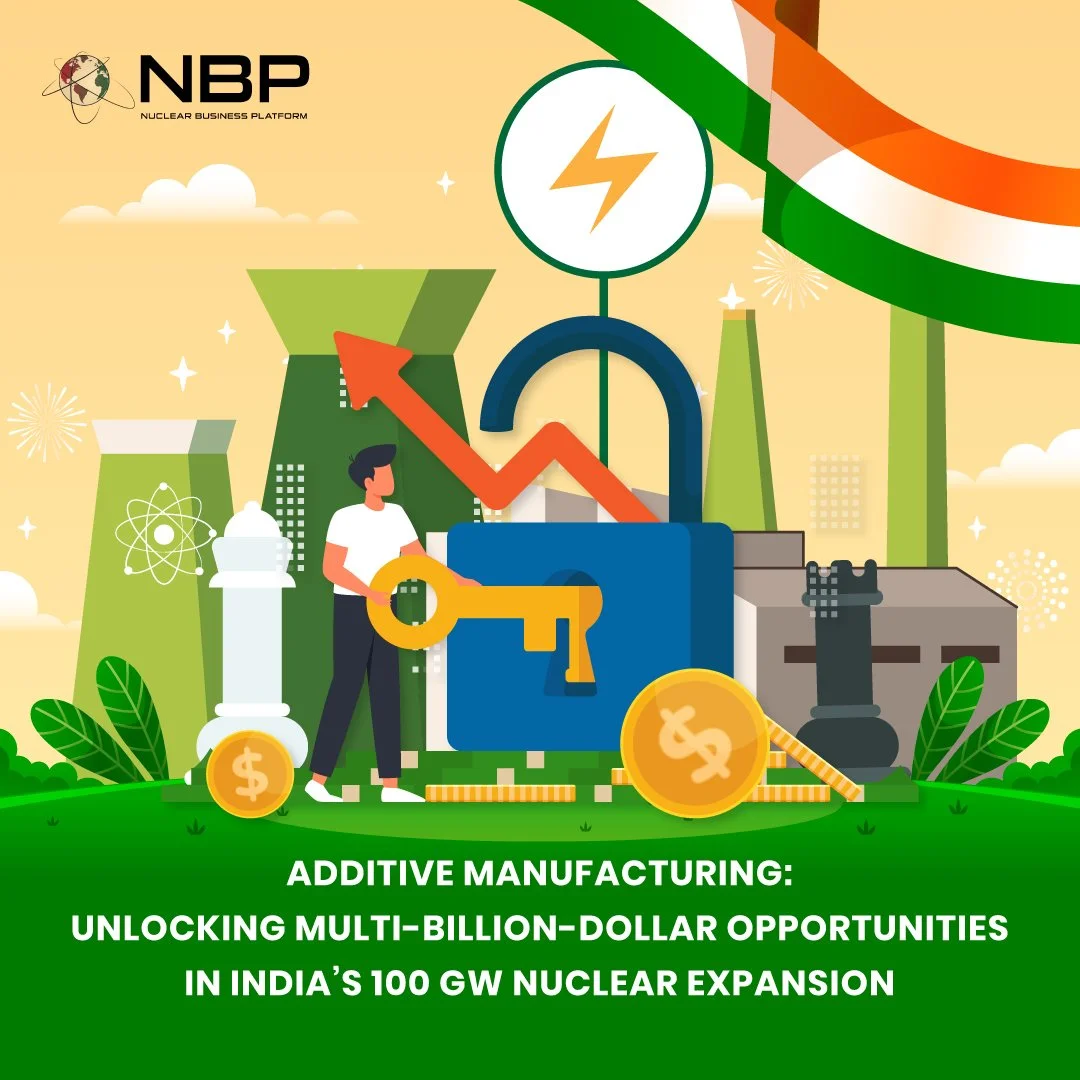

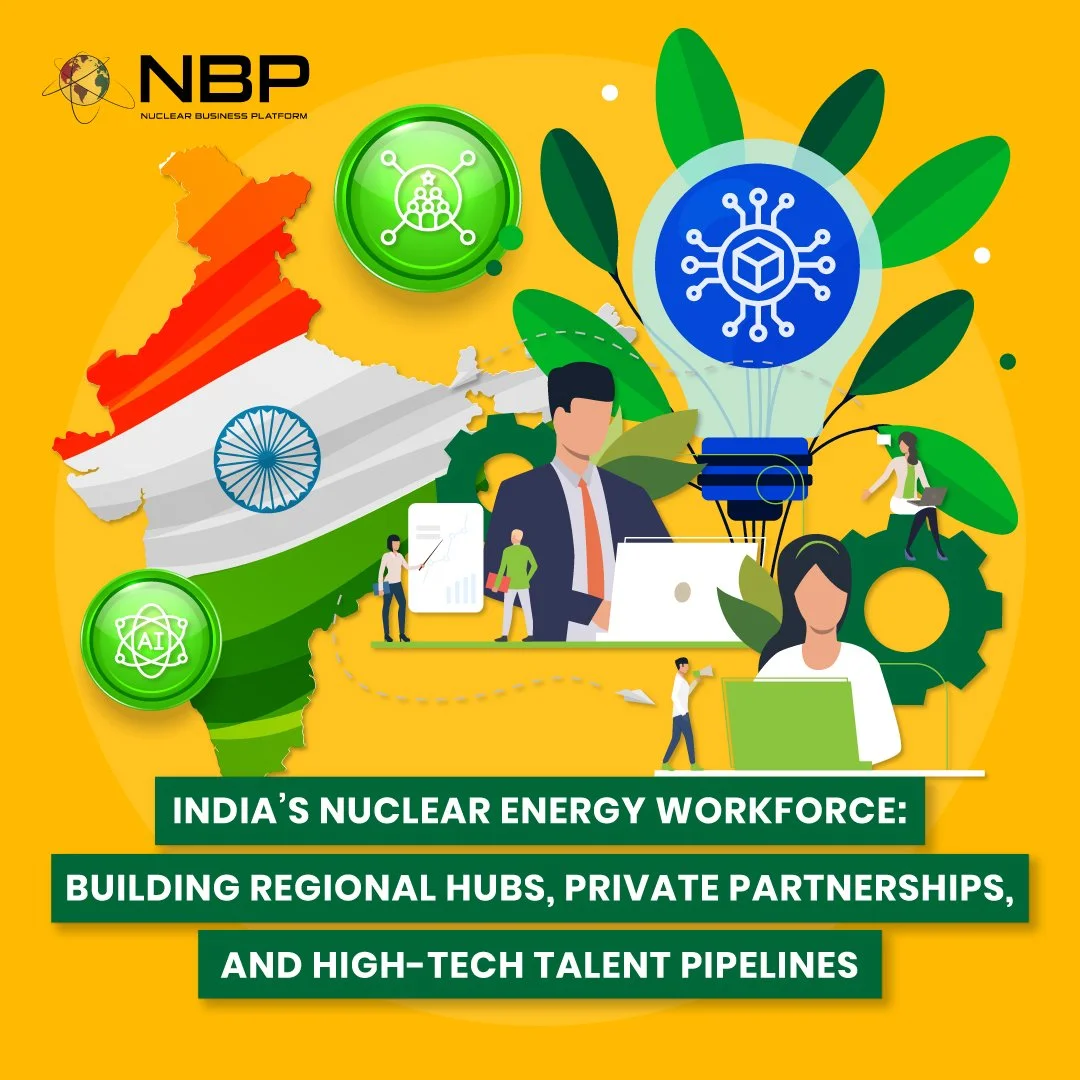
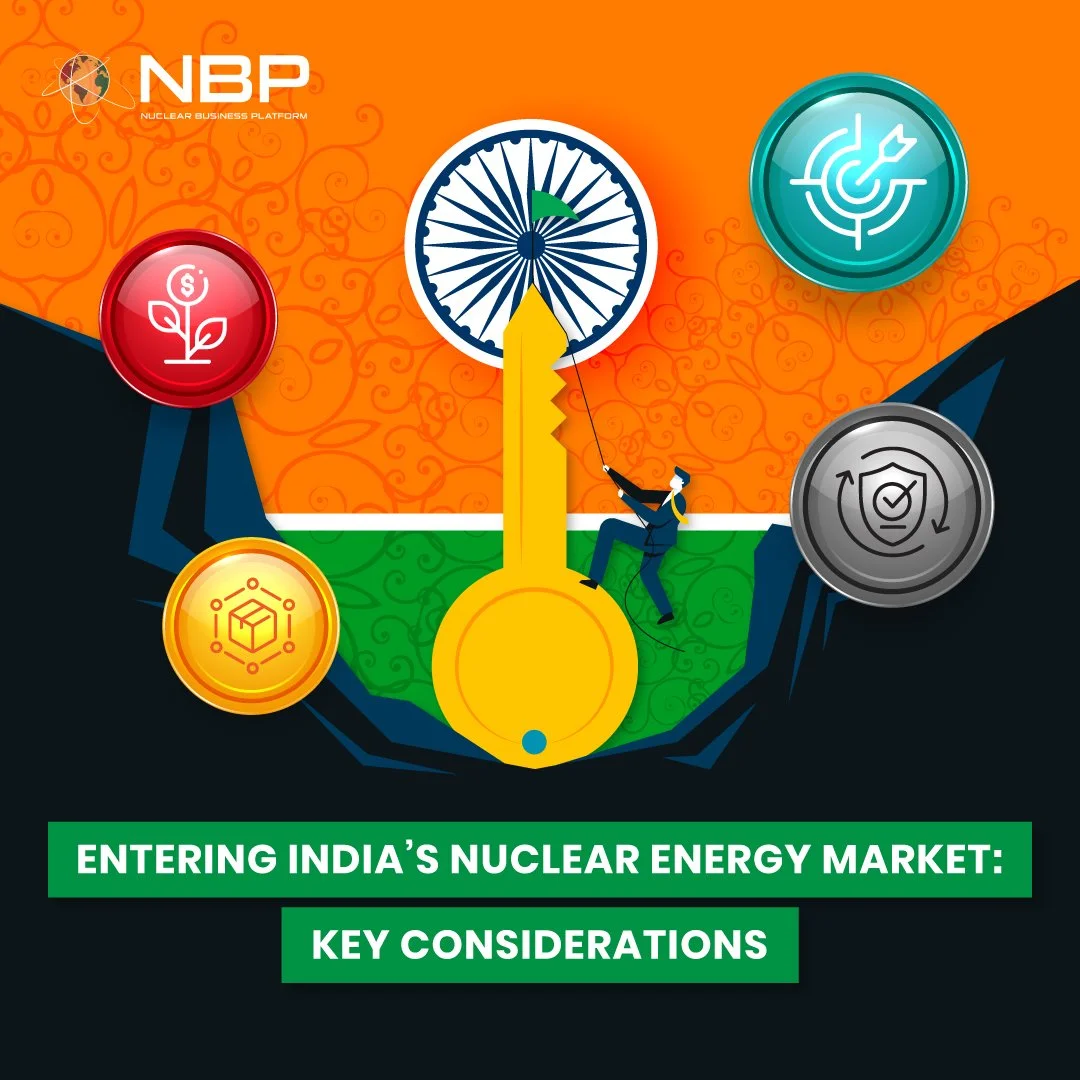
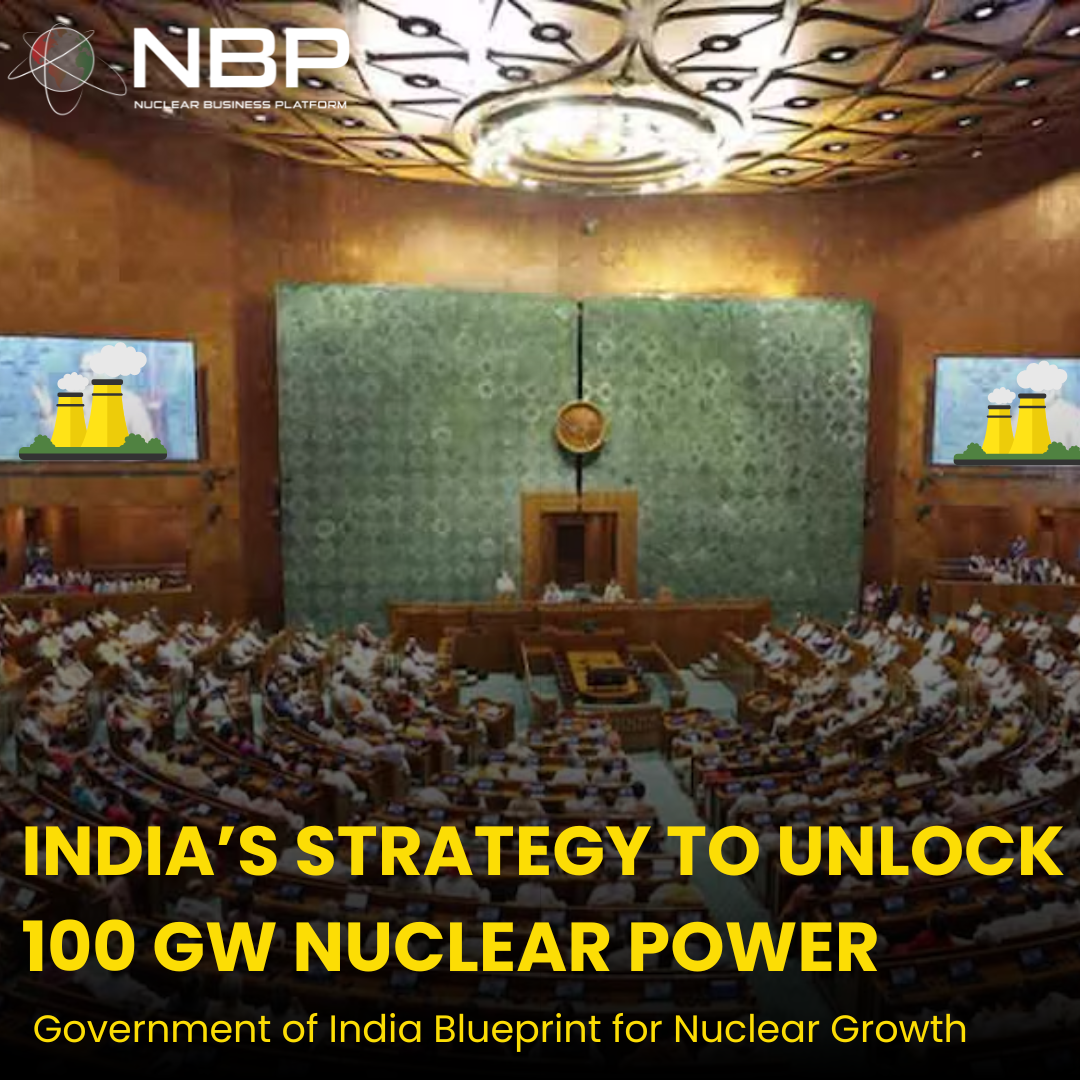

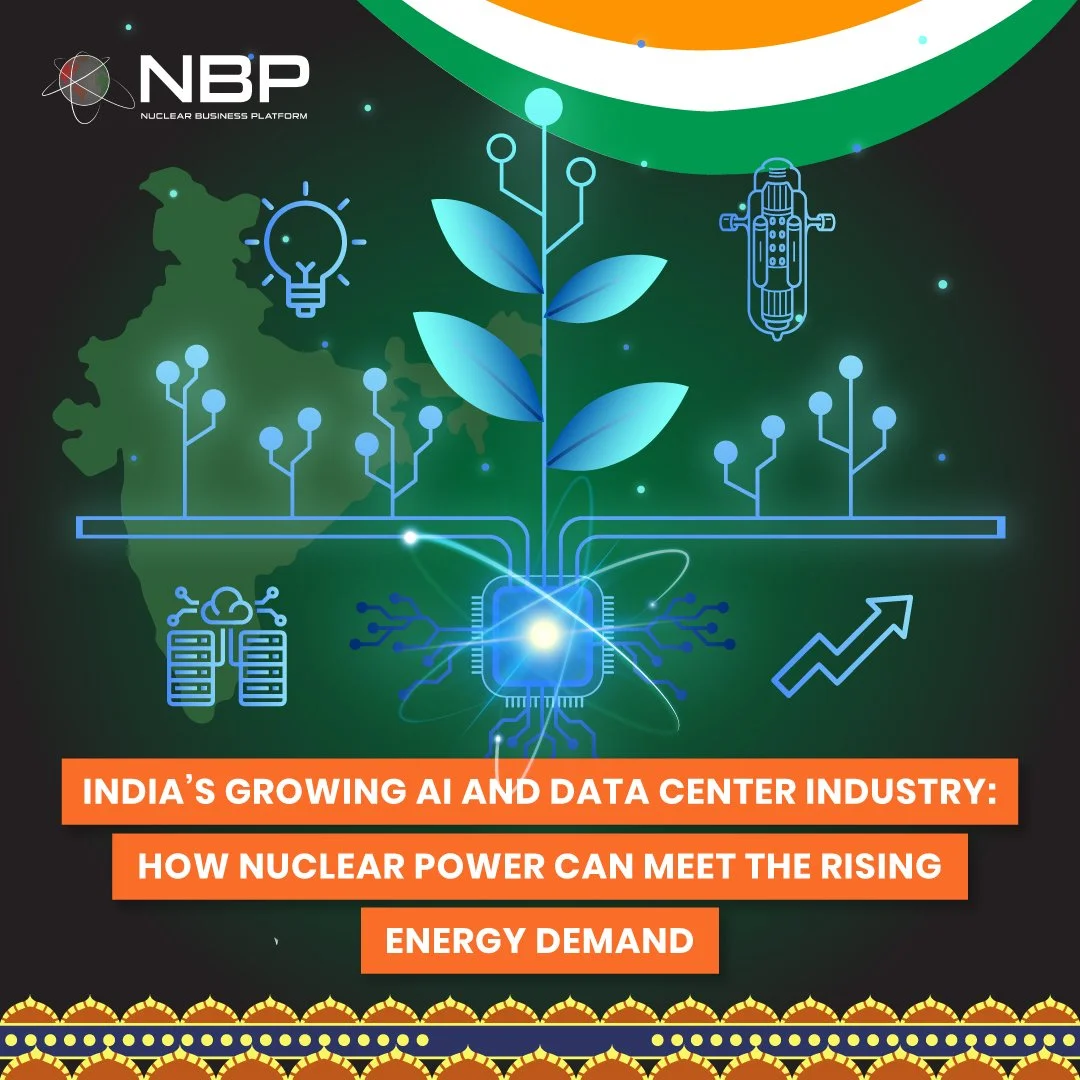

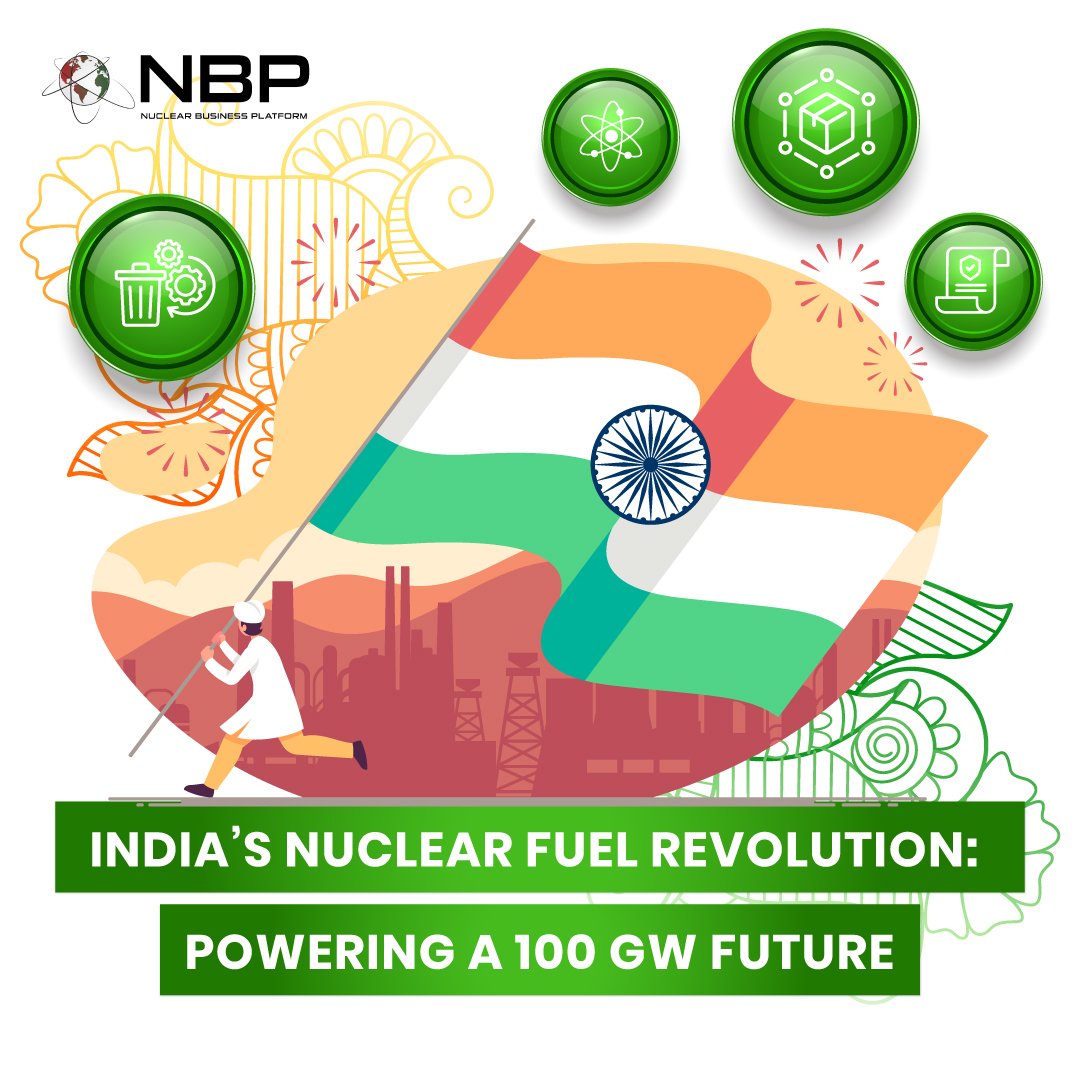
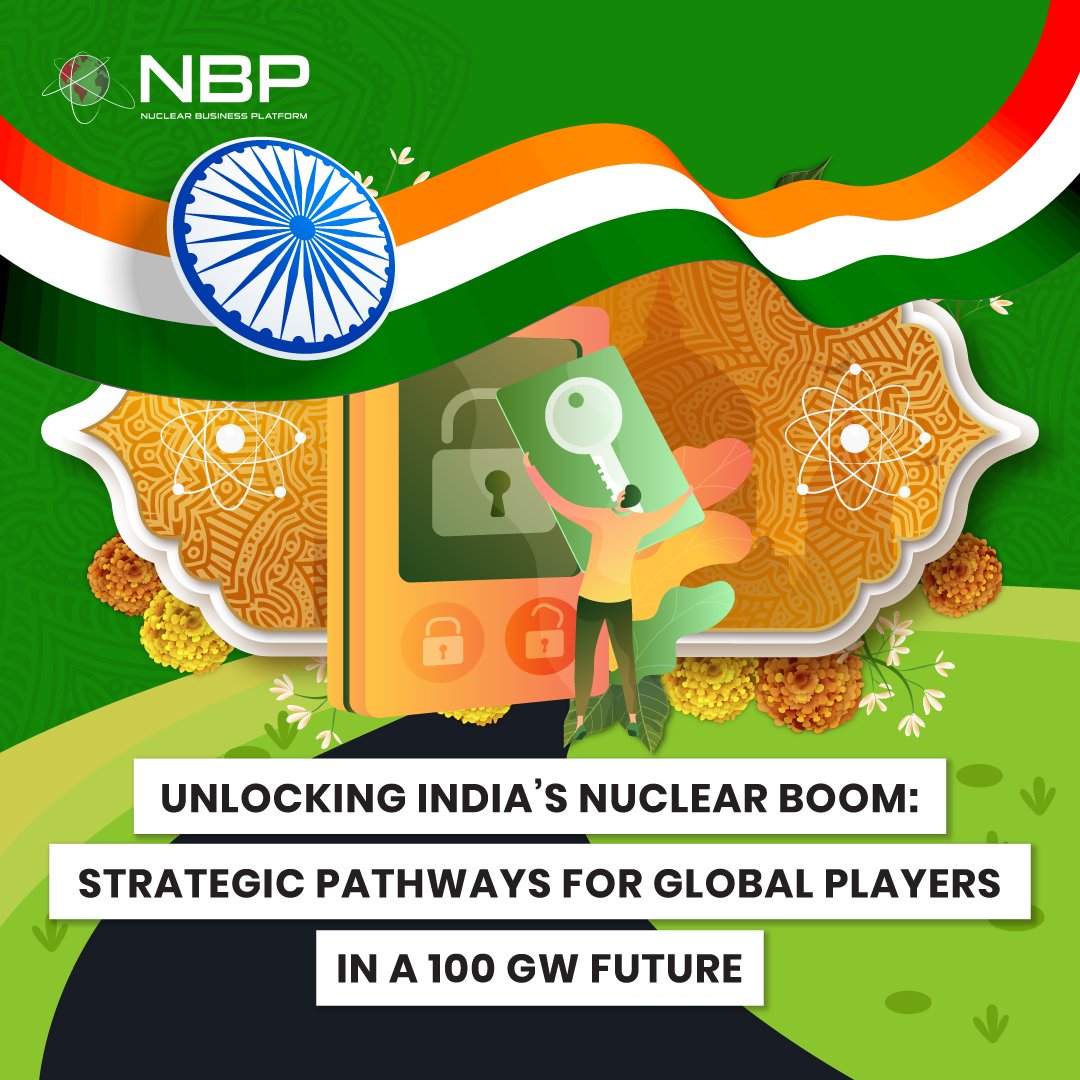













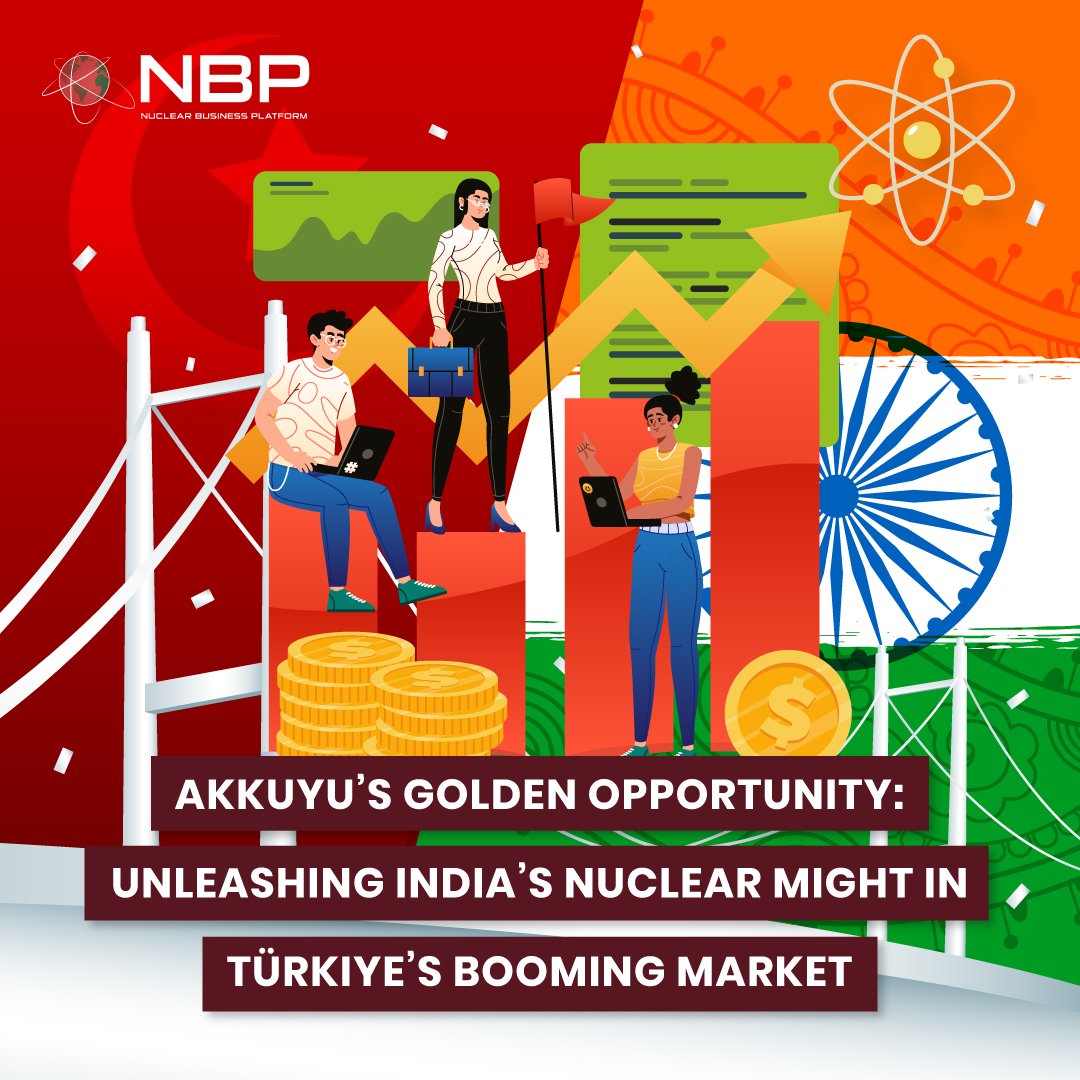
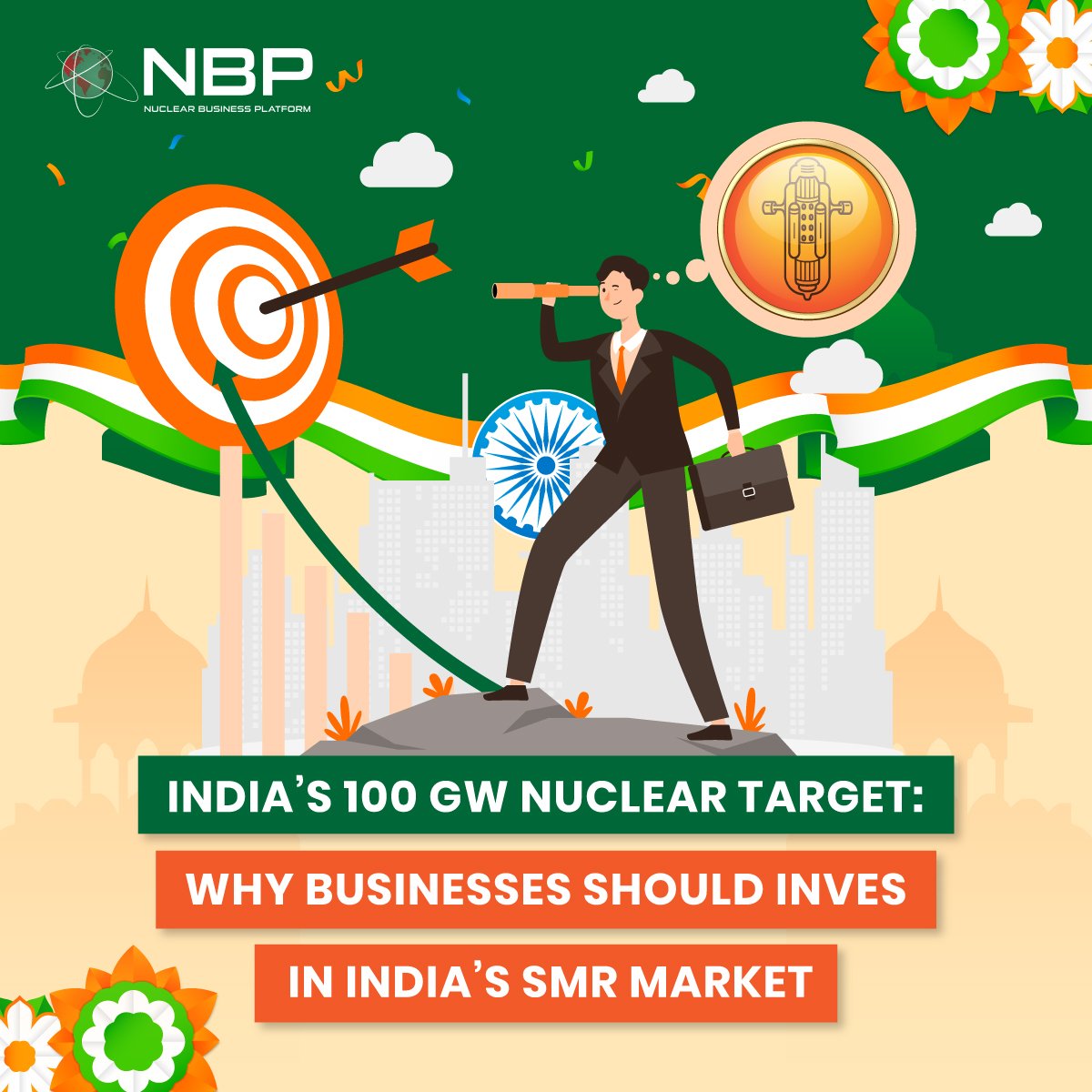
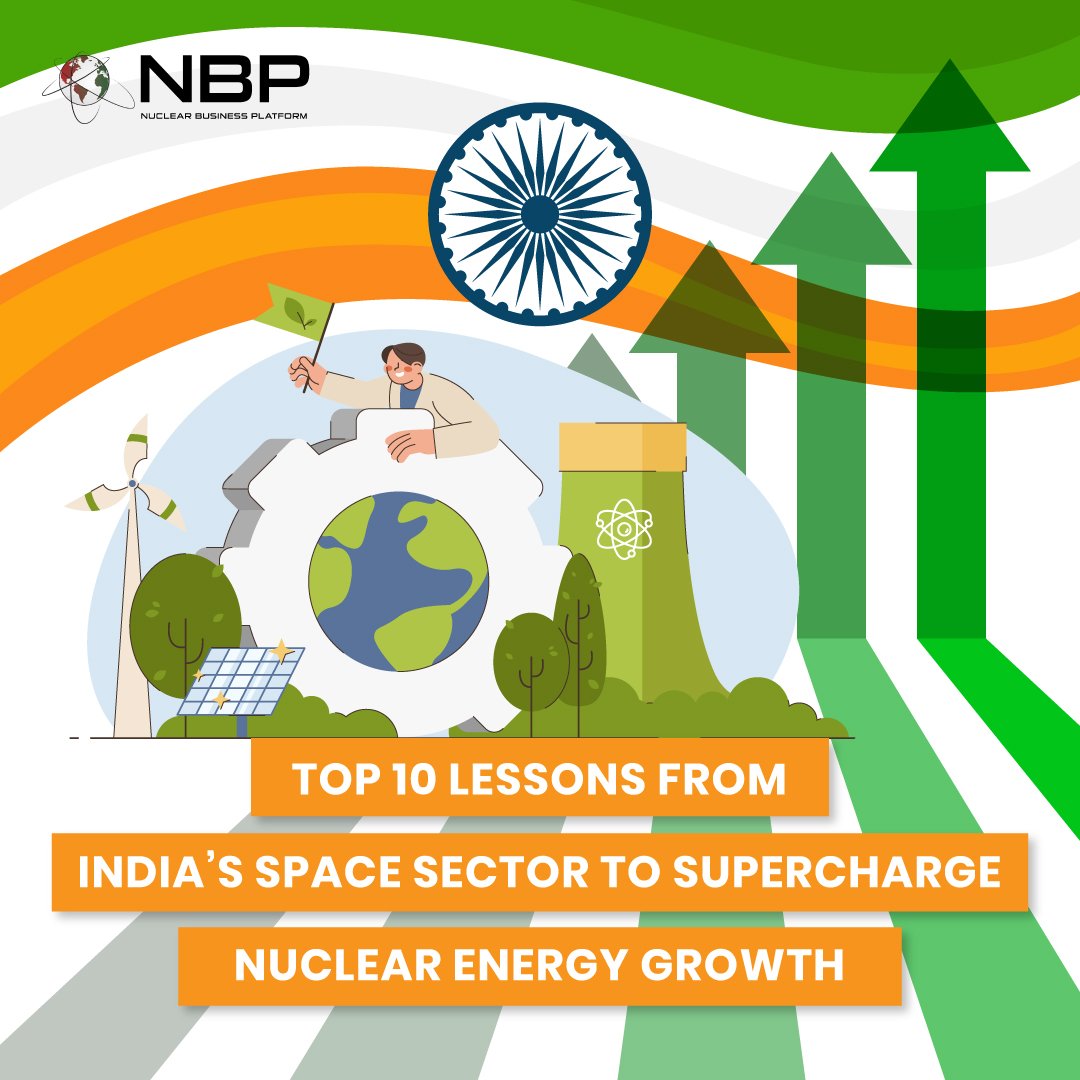




IEEE Standards Association is playing an unique role in advancing the global nuclear industry through collaborations and certifications. Zaf Coelho had a chat with Patrick Murray on the state of IEEE Nuclear Standards and Certification Programs and how they can help both established and up and coming nuclear regulators, utilities, design integrators, laboratories, and manufacturers.
IEEE Standards Association is playing an unique role in advancing the global nuclear industry through collaborations and certifications. Zaf Coelho had a chat with Patrick Murray on the state of IEEE Nuclear Standards and Certification Programs and how they can help both established and up and coming nuclear regulators, utilities, design integrators, laboratories, and manufacturers.